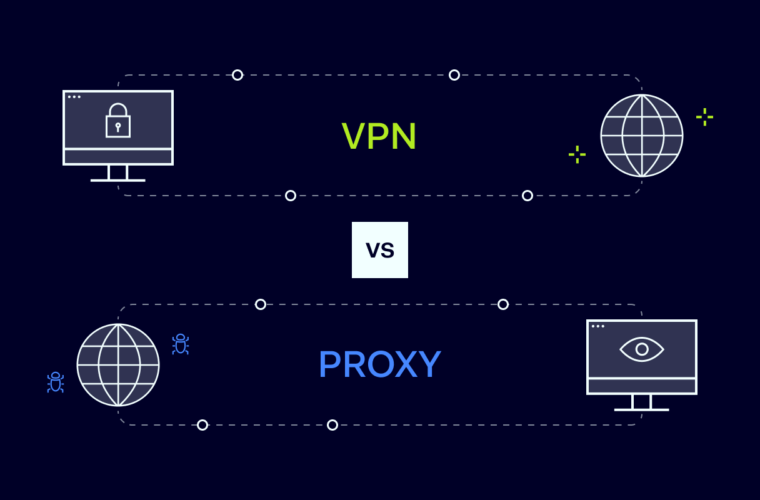Have you ever been unable to access a website you need to visit for work or entertainment and wondered why? The answer, in most cases, is quite simple; perhaps it’s because the website is blocked in your country or by your internet service provider (ISP). Whatever the reason, being unable to access the website you need can be very frustrating. Fortunately, there are ways to bypass blocked sites and other restrictions. Take a look at these various methods you can use to bypass blocked sites and restrictions and gain access to the content you need.
Understanding website blocking and restrictions
Website blocking and restrictions are usually implemented for a variety of reasons. Governments may block sites to prevent access to harmful or illegal content. In contrast, companies may block sites to prevent employees from accessing non-work-related content during working hours. ISPs may also block sites to comply with legal requirements or to manage network traffic. Before learning how to bypass blocked sites, we need to understand what are these concepts.
Website blocking usually works by blocking access to specific IP addresses or domain names. It can also be done by filtering content based on keywords, URLs, or other criteria. In some cases, ISPs may also throttle or slow down your internet connection when you try to access specific sites or services. At the application level, web filtering software can be used to block or restrict access to particular websites. This software may use a variety of methods to identify and block unwanted websites, including URL filtering (blocking access to specific URLs), content filtering (blocking access to particular types of content such as adult or violent material), and keyword filtering (blocking access to websites containing specific keywords). In some cases, website blocking and restrictions may also be enforced through browser extensions or plugins that block access to particular websites or types of content.
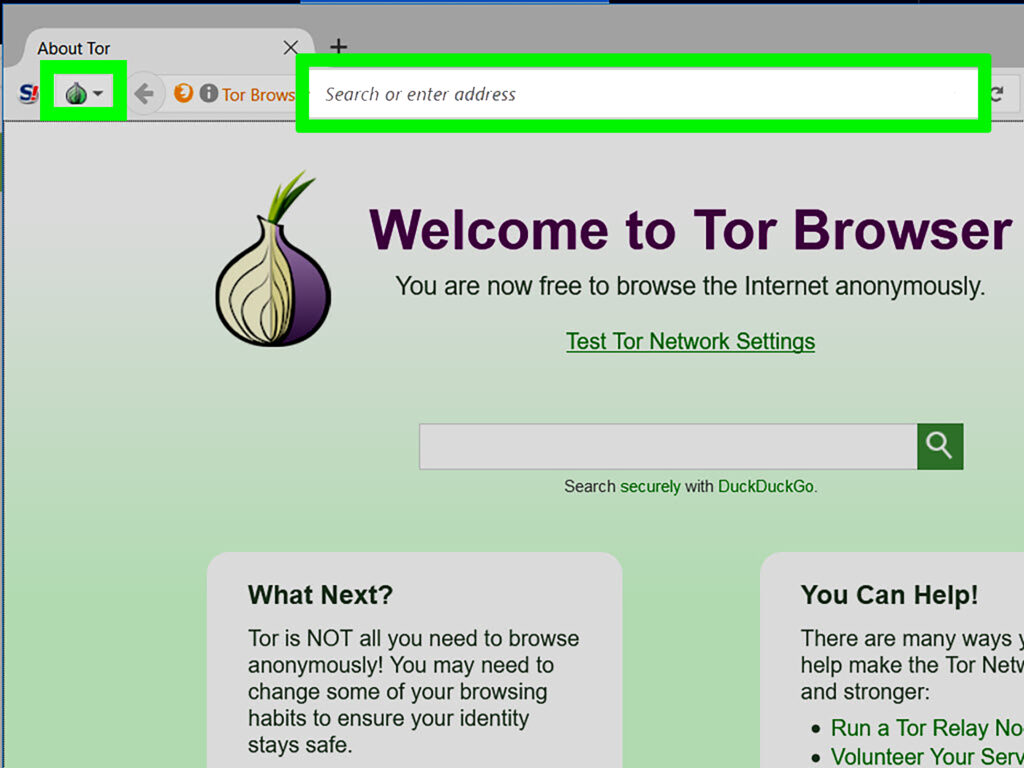
Methods of bypassing blocked sites and restrictions
There are several methods you can use to bypass blocked sites and restrictions. One of the most popular methods is a Virtual Private Network (VPN), a secure connection between your device and a remote server. When you connect to a VPN, all your internet traffic is routed through the server, making it appear like you are accessing the internet from a different location. This can help bypass website blocking and restrictions by allowing you to access content unavailable in your country or region.
Setting up a VPN is easy and can be done in simple steps. First, you will need to choose a VPN provider that suits your needs. Once you select a VPN provider, you must sign up and create an account. Then you’ll need to download and install the VPN software on your device and then connect to a VPN server. Most VPN providers offer a list of servers you can connect to, and you can choose the server closest to your location or the server in the country where the content you want to access is available. Once connected to a VPN server, all your internet traffic will be routed through the server. You can access content that is otherwise unavailable in your country or region.
Another method of bypassing website blocking and restrictions is to use a proxy server. A proxy server is an intermediary server that sits between your device and the internet. When you access a website through a proxy server, your request is sent to the server instead of directly to the website. The proxy server then fetches the content on your behalf. It sends it back to you, which can help you bypass website blocking and restrictions by allowing you to access otherwise unavailable content in your country or region.
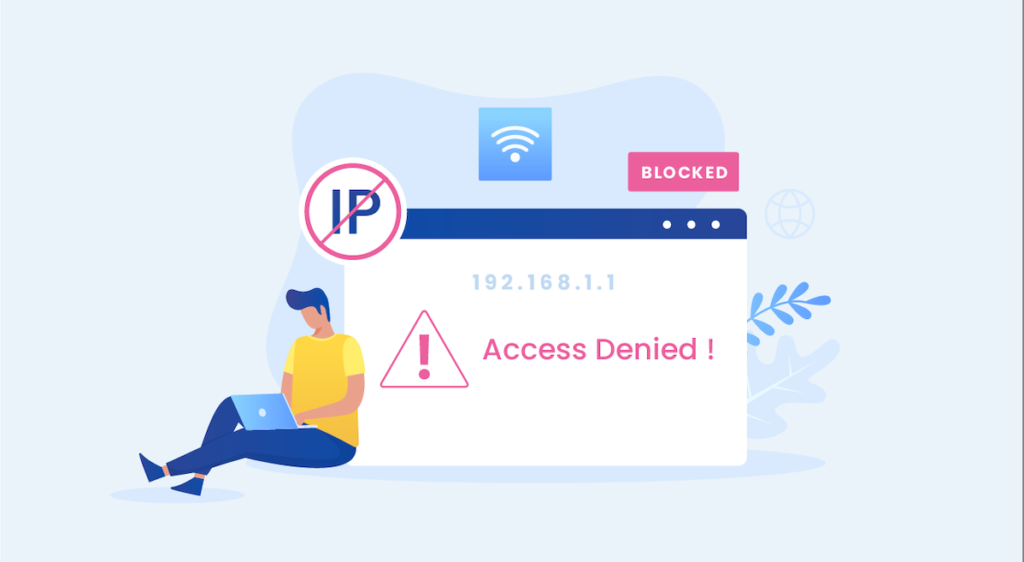
In addition to VPNs and proxy servers, there are other tools you can use to bypass website blocking and restrictions. One such tool is the Tor network, a free and open-source software that allows you to browse the internet anonymously. When you use the Tor network, your internet traffic is routed through a network of servers, making it difficult for anyone to track your online activities. The Tor network can bypass website blocking and restrictions by allowing you to access unavailable content in your country or region.
And last but not least, another tool you can use to bypass website blocking and restrictions is a DNS server. DNS servers are responsible for translating domain names into IP addresses. You can bypass website blocking and other restrictions by using a different DNS server than the one provided by your ISP. You can use many free DNS servers, such as Google DNS and OpenDNS.
Risks and precautions to take when bypassing blocked sites and restrictions
Bypassing website blocking and restrictions can be risky, and there are several precautions you should take in order to protect yourself. Here are some of the risks and precautions to keep in mind:
Legal risks. Depending on where you live, bypassing website blocking and restrictions may be illegal. Ensure you are familiar with the laws in your country or region before using VPNs, proxy servers, or other tools to bypass website blocking and restrictions.
Security risks. Using VPNs, proxy servers, and other tools to bypass website blocking and restrictions can expose you to security risks. Therefore, we recommend using a reputable provider and following best practices for online security.
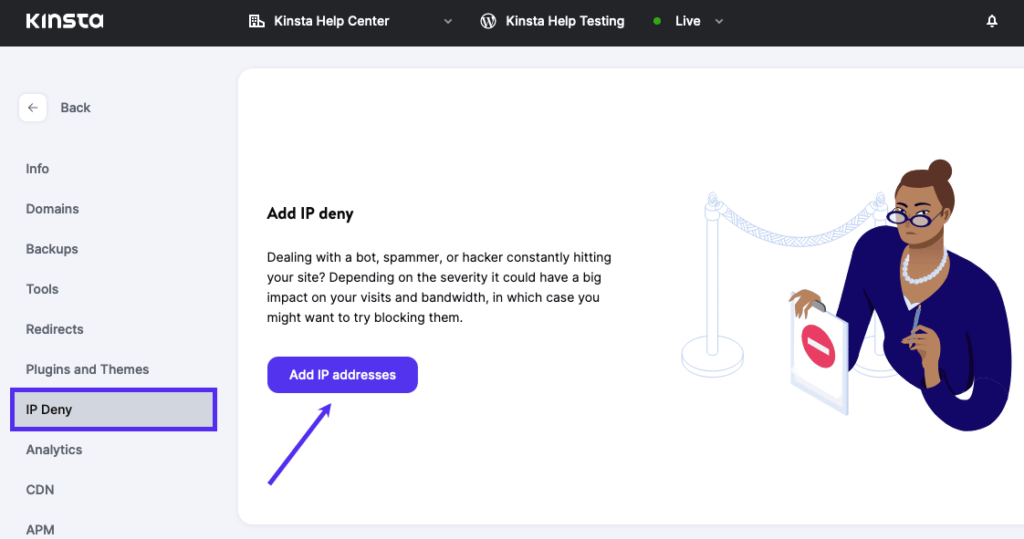
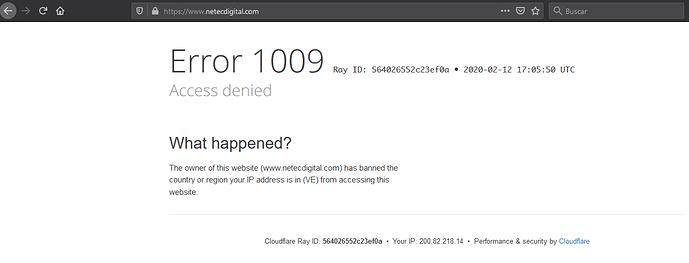
Privacy risks. Using different tools such as VPNs and proxy servers to bypass website restrictions can expose your online activities and personal information to third parties. Ensure you are using a provider that takes your privacy seriously and follows best practices for online privacy. Always use a browser with built-in privacy features. Some browsers, such as Firefox and Brave, have built-in privacy features that can help protect your online activities.
So, website restrictions and blocking are relatively easy to bypass but always remember that all these actions need caution and precaution. Next time you want to access a blocked site, make sure you comply with laws or rules and are not affecting your safety.



